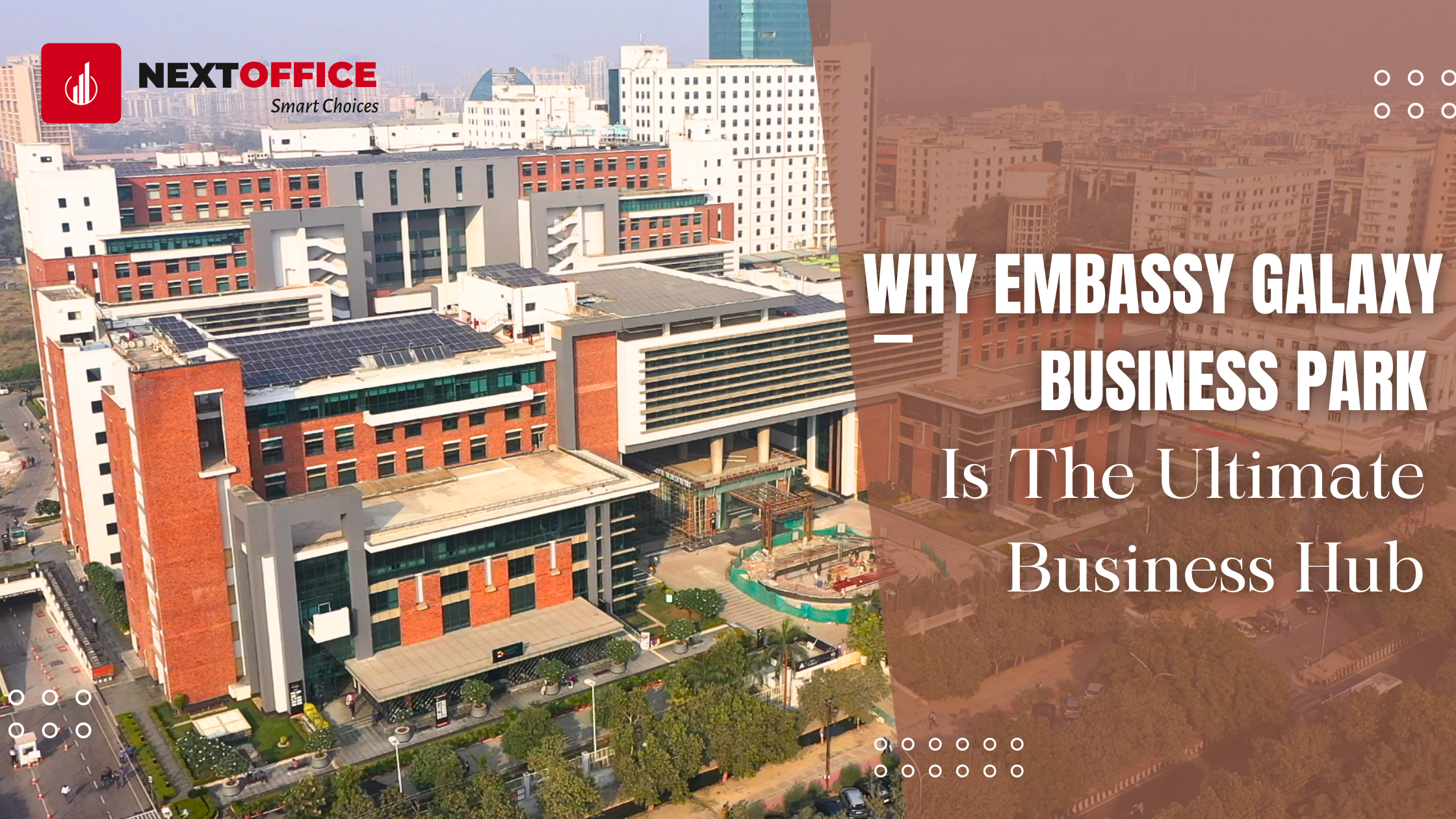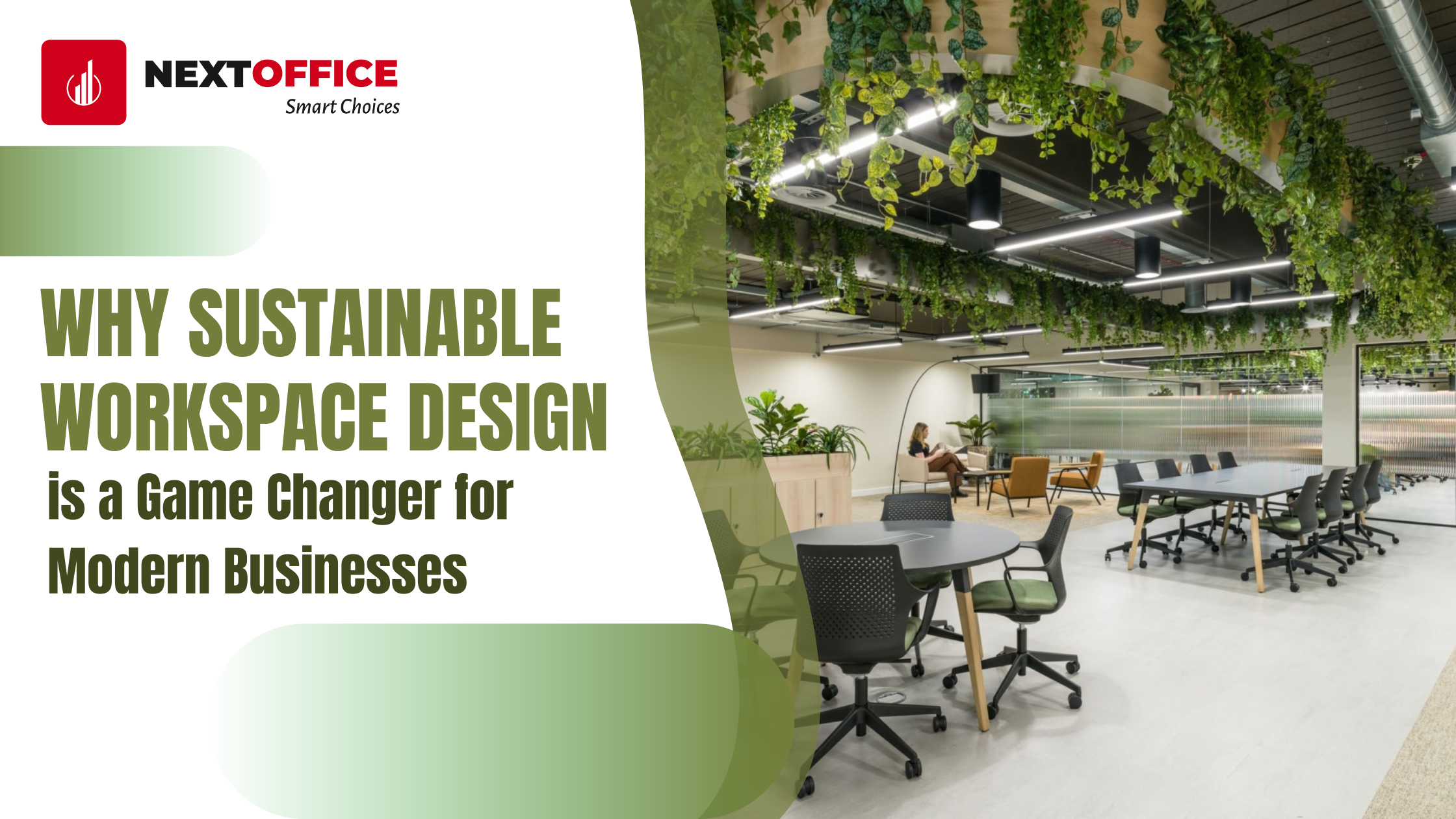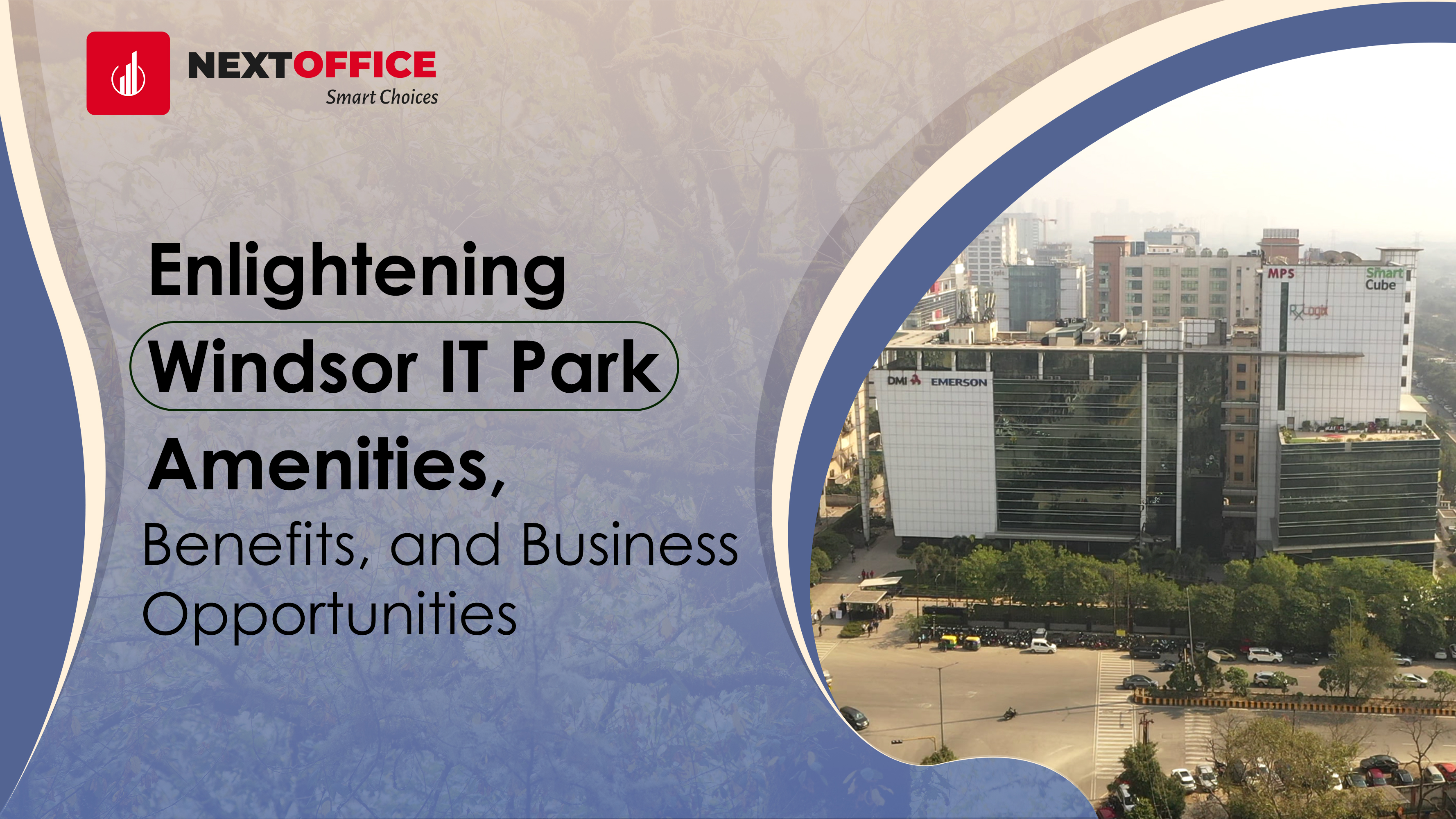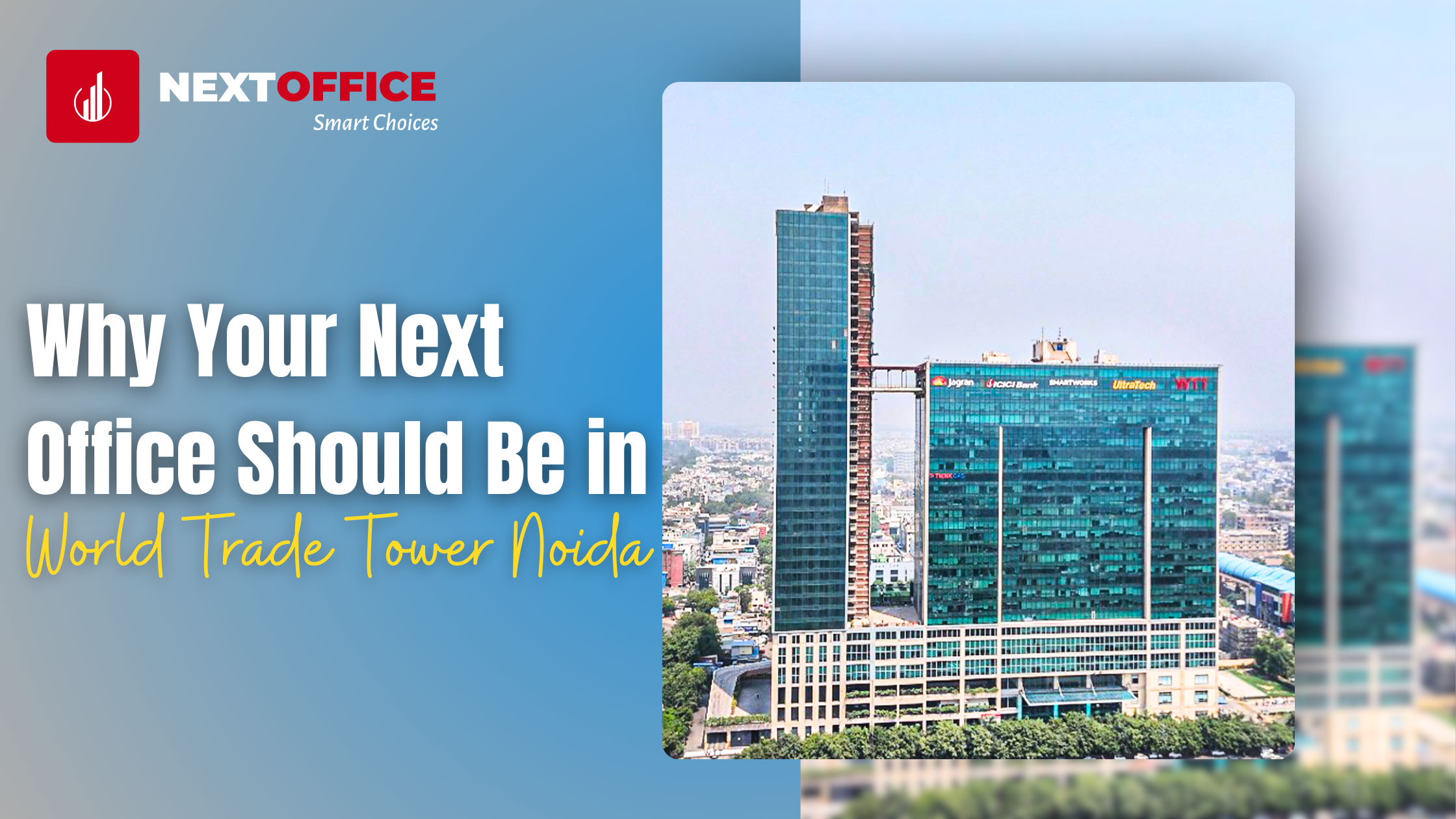Why Sustainable Workspace Design is a Game Changer for Modern Businesses
In the fast-paced, forward-thinking world of business today, every petty aspect of the procedures counts in its way. Often, workspace design reflects not just on the employees' efficiency and welfare but also shows the value a company holds towards sustainability. As businesses become more environment sensitive, sustainable workspace designs are slowly but surely turning out to be actually a win-win situation with several advantages associated with its credit wherein the aesthetic value only becomes a side issue.
An understanding of sustainable workspace design
Sustainable workspace design moves beyond incorporating 'green' material and energy efficiency technologies to place, at its very core, health, productivity, collaboration, and reducing nature's adverse impacts. It means concern for material selection, design, and functionality of Office space, all aimed at achieving a proper balance between people, the planet, and the bottom line.
A Sustainable Design Revolution in the Corporate World:
The last couple of years have really seen a significant drive toward sustainability in the corporate world. Enterprises today put extra effort into contributing to this very cause as more and more businesses realize that adhering to green practices is not just an option but a necessity to save the future. Increasingly, enterprises that intend to align values with spaces are beginning to focus on sustainable workspace design.
Benefits of Sustainable Workspace Design
Improved Employee Well-being:
A well-designed, sustainable workspace can significantly impact employees' well-being. Enough natural light and cleaner air quality, as well as an ergonomically appropriate desk and chair, work positively on physical health and thus also on high morale and productivity.
Increased productivity:
Several recent studies prove that employees working in buildings that are green-certified have higher productivity and better engagement than others. Green features, such as the application of biophilic aspects of design, are said to decrease stress, improve cognitive functioning, and enhance creativity because employees get close to nature at work.
Cost:
While the upfront investment in a sustainable design is enormous, it really pays in the long run. Energy-efficient lighting and HVAC will substantially bring down utility bills, while durable, low-maintenance materials reduce maintenance costs.
Talented Attraction and Retention:
With the socially conscious workforce of today, employees want their employers to show regard toward sustainability in the workplace and the environment. An efficiently conceived, eco-friendly commercial real estate workspace will show an approach that each enterprise wants to be instrumental for its key talent retention and an effective talent-acquisition tool.
Positive Brand Image:
A business sustainably conducted reflects positively on its bottom line and brand image. Companies committed to sustainability command respect among consumers, investors, and all other stakeholders and reap rich dividends in brand loyalty and consumer trust.
Critical Factors to Consider in Sustainable Workspace Design
A number of essential factors or arcs come into play when considering sustainable workspace design in order to have an eco-friendly and resource-efficient workspace. Let us briefly consider these:
Energy Efficiency:
Energy efficiency embodies the usage of workspace energy in an efficient way to reduce energy consumption of electricity. For example, a business zone can reduce 50 percent of energy usage by using Light Emitting Diodes installed with sensors. According to Invest India, the LED lighting segment in India grew from just 5 million units per annum in 2014 to a remarkable 670 million units in 2018. This steep increase in the adoption of LED reduced energy consumption by a significant amount, cutting losses by about 30 terawatt hours every year. High-efficiency HVAC involves the assurance of comfortable temperatures while keeping energy wastage at minimal levels. Also, by choosing Energy Star-rated appliance upgrades for break rooms and kitchens, further reductions in energy use realize additional potential to promote a sustainable and cost-effective work environment.
Biophilic:
It is enhanced by the presence of nature-related features such as indoor plants, natural light, and water space features comprising visual stimuli from the natural environment. Recommendations are that the amenities should strengthen contact with nature better, thus reducing stress levels of the employee. Consequently, it elicits optimally functioning brain activity that results in a workplace in which employees are, therefore, much more engaged and motivated to work, hence supporting a much healthier and more productive working environment.
Flexibility and Adaptability:
Workability gives room for flexibility only through the use of modular furniture and movable partitions; reconfiguration work will be easier when needs change. Moreover, designing multi-functional spaces enhances versatility so that areas serve more than one function. For example, collaborative zones also work for presentation or even quiet workspaces. As such, this will increase the space used and fuel creativity and collaboration among employees. Inbuilt strategies to future-proof workspace designs will easily accommodate any kind of business growth or technological advancement in this flexible and supportive ambience.
Smart Technology Integration:
This usually consists of smart collaboration tools like interactive displays, video conferencing facilities, and virtual whiteboards. This enhances the working of the team through excellent communication that is achieved through seamless collaboration. Cloud-based platforms grant users access to files, documents, and applications from anywhere, making it possible for employees to work flexibly from any location. On the other hand, the use of sensors and IoT devices in collecting data on workspace utilization trends in occupancy trends, environmental factors, and relevant insights that would be useful in efficiently managing space and resources in the workspace will be derived. This type of data-driven approach will make sure that the workspace adapts and responds to changing needs as the organization and workforce continue to grow.
Noida Office Interior Designers:
Office Interior Desiners in noida play an important role in helping businesses achieve their sustainability goals through acts of thoughtful and innovative design. This can be done by effectively using the following expertise in space planning, furniture selection, lighting design, and material procurement when coming up with tailored workspace solutions that have sustainability as their prime objective without any sacrifice of style or functionality.
Conclusion
In short, these workspaces can have a game-changing trait in the present if designed to suit sustainable ways. It has almost everything that could be asked for, from enhancing the well-being and productivity of workers to providing savings in costs and brand pictures. Designing a workspace with sustainability in mind can bring business to the level of an atmosphere that will work to serve not only their bottom line but also a healthier, more sustainable future. While this is true, not all companies will move with time and towards relevance to changing market dynamics. Workspace design with sustainability in mind is increasingly popping up to shape the way of working under business entities.





.png)

.png)